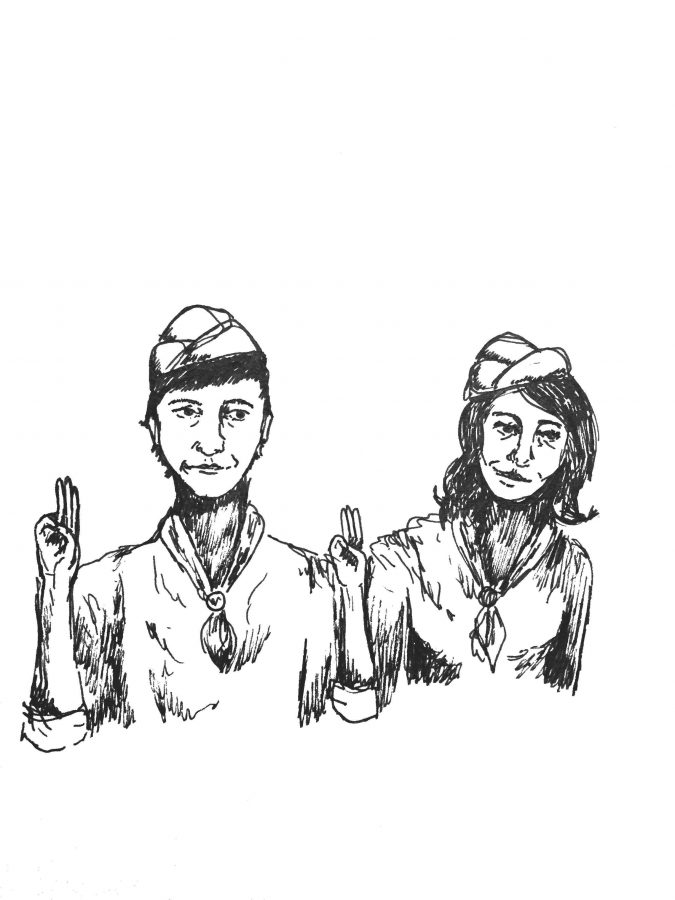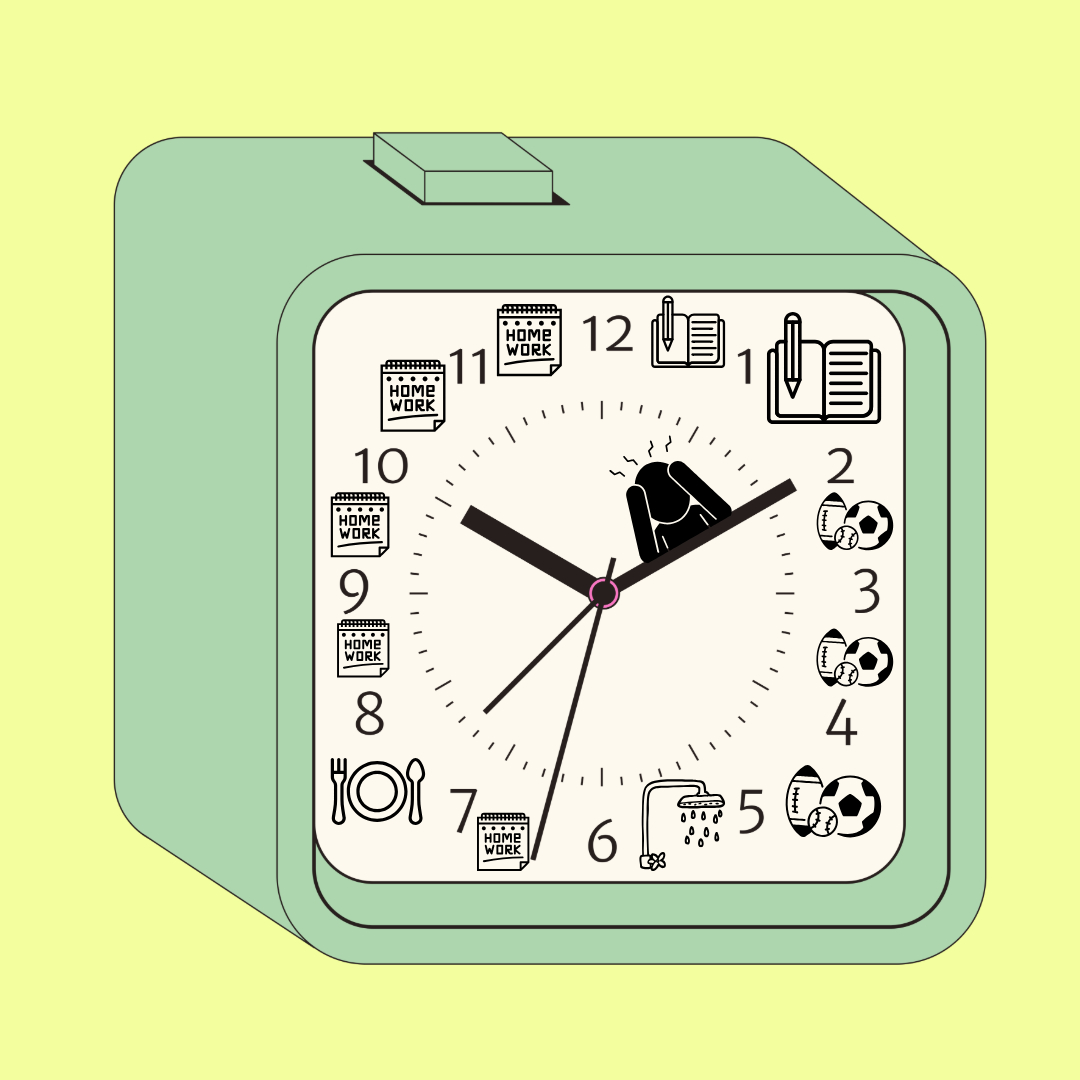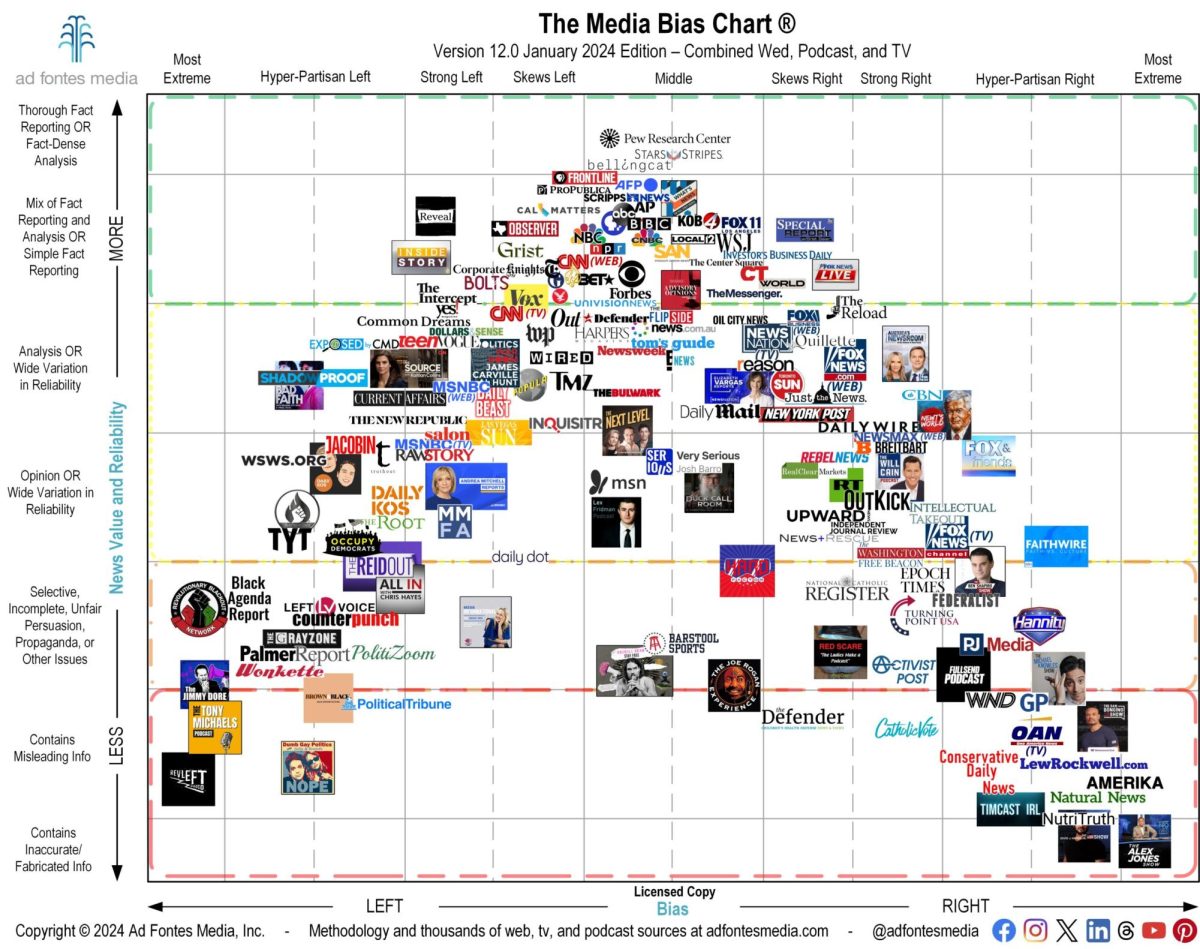The Boy Scout Association’s (BSA) decision to welcome girls into their program, announced on Wednesday, Oct. 11—International Day of the Girl—has drawn national attention for a good reason. The change progresses a step further towards both gender equality and acceptance, along with providing support to families who are preoccupied with different activities.
The BSA statement said, “families today are busier and more diverse than ever. Most are dual-earners, and there are more single-parent households than ever before, making convenient programs that serve the whole family more appealing.”
The change is scheduled to occur next year and allows young Cub Scout packs to either be co-ed or strictly all girls or all boys. Beginning in 2019, older girls will have the opportunity to earn the highest rank in the program, Eagle Scout.
The act of lifting the ban on womens’ denial into Boy Scouts should not be seen as a malicious attempt to recruit more members than the Girl Scouts Association (GSA), but rather to provide young women with the opportunity to choose. The BSA membership is rapidly decreasing, with a 500,000 membership decrease between 2012 and 2016, according to CNN. They were simply respond ing to the demand of individuals who wanted change.
However, the GSA’s reaction was far from supportive. The organization said in a post, “The benefit of the single-gender environment has been well-documented by educators, scholars, other girl- and youth-serving organizations, and Girl Scouts and their families. Girl Scouts offers a one-of-a-kind experience for girls with a program tailored specifically to their unique developmental needs.”
In addition, Boy Scouts drastically differs from Girl Scouts. Girls, in specific girls who prefer more outdoor activities, will appreciate this change. Following a more outdoor-based curriculum, the Boy Scouts provides a better experience to girls who are seeking activities such as camping. Boys, ranked by achievement, consult with their scout master and speak before the board, who may approve or deny their entry into a higher rank. On the contrary, girls are grouped by grade, where one automatically moves up to the next rank after two years, making it slightly less competitive.
The Boy Scouts Association has recently expanded their population of interest to other groups, including gay and transgender scouts. According to CNN, they removed the ban on gay scouts and leaders in 2013 and allowed scout members who identify as male. Their recent step to fulfill the demands of some exemplifies the Boy Scout’s progression. The stringent policies to preserve gender qualities and gender expectations appeared to be the case in GSA and BSA, but with the alteration of the BSA qualifications, girls can be assured that the Boy Scouts support their true interests.
This decision to accept girls is a particularly wise one, especially for girls who wish to take part in activities that are not offered by Girl Scouts. For now, the action progresses towards breaking common gender stereotypes and being more accepting towards females.















